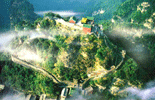
Wudang Mountains,Sacred Sanctuary of Taoism
The Wudang Mountains (simplified Chinese: 武當山), also known as Wu Tang Shan or simply Wudang, are a small mountain range in the Hubei province of China, just to the south of the manufacturing city of Shiyan.
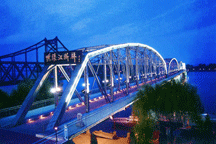
The Yalu River
The Yalu River (Chinese) or the Amnok River (Korean) is a river on the border between China and North Korea. The Chinese name comes from a Manchu word meaning "the boundary between two countries".
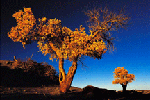
The last stand of Euphrates poplars
They are known as the hero tree, because a euphrates poplar can live for a thousand years. Even after it dies, it stands upright for a thousand years, and even after it falls, it stays intact for another thousand years. I like euphrates poplar because they symbolize the resilience of the Chinese nation.

A Search for Precious Stones
A gemstone or gem (also called a precious or semi-precious stone) is a piece of attractive mineral, which—when cut and polished—is used to make jewelry or other adornments.
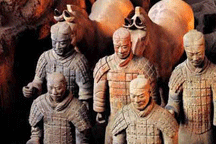
Who Did the Terracotta Warriors Really Belong to?
There are still many exciting treasures waiting to be unearthed over three decades after the first excavation of the famous site.

Drama School in Jiang´an
Jiang´an National Drama School has witnessed the life-and-death relocation of Chinese dramatists during the War of Resistance Against Japanese Aggression.
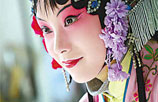
600 Years of Kunqu Opera
Kunqu Opera can trace its origins back to the late Ming Dynasty and a small town south of the Yangtze, called Kunshan.
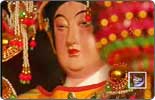
In Search of the Goddess: Mazu
If you were to go to China´s southeastern coastal regions and ask the local seamen about their superstitions, one name that would be bound to come up is Mazu.
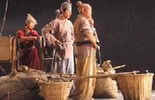
Salt Merchants of Yangzhou
There´s a well-known poem that translates something like:"A hundred thousand strings of coins around my waist, I would ride a crane down to Yangzhou." It´s a reference to the prosperity Yangzhou has enjoyed down through the centuries.

Kaiping Diaolou Towers
Imperial sites and gardens, ancient cities and towns, sacred mountains, religious grottoes, and the Great Wall. Apart from being found in China, these all have something else in common. They are some of the 35 sites in China that are on UNESCO´s World Heritage List.

China´s Ancient Jade Culture
With its fine quality, jade stone was soon marked out as something that ought to be valued – and in extreme cases, even worshipped.

Historical Figures and Macao
Macao returned to Chinese rule in December, 1999. But way back in 1535, Macao was designated an open port. From then on, Macao developed into a major foreign trade port in China´s southeast.
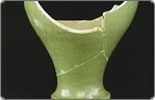
The Mystery of the Longquan Kilns
Anybody with an interest in Chinese porcelain will almost certainly know the name Jingdezhen. They’ll also no doubt be familiar with the blue and white porcelain produced there. Almost as famous as Jingdezhen and its blue and white porcelain is Longquan and its celadon.
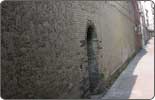
Sanfang Qixiang - Three Lanes and Seven Alleys
In the city of Fuzhou lies a neighbourhood that has produced far more than its fair share of famous historical figures. This neighbourhood in question goes by a rather curious name – the ´Three Lanes and Seven Alleys´, or Sanfang Qixiang. The place can trace its origins back to the late Tang Dynasty.
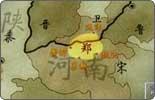
Archaeological Discoveries on the Central Plains
The Central Plains of China refer to the area on the lower reaches of the Yellow River which formed the cradle of Chinese civilization.
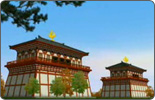
The Untouched Imperial Tomb
New Frontiers investigate the final resting places of the two of the most prominent figures from China´s ancient imperial history.
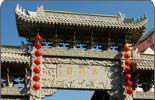
Tales of the Past from Zhoucun
Zhoucun has several claims to fame; for one thing, it’s the place where a Tang Dynasty Manichaean site was discovered.
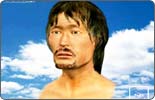
In Search of Huangdi´s City
Huangdi, or the Yellow Emperor, is a legendary Chinese sovereign and cultural hero who is considered in Chinese mythology to be the ancestor of all Han Chinese.

Ancient Chinese Games
In ancient China, as in other places, both board games and movement games probably come from war training. Board games trained generals in battlefield strategy, and martial arts trained men to fight.
 2009 China Central Television. All Rights Reserved
2009 China Central Television. All Rights Reserved


